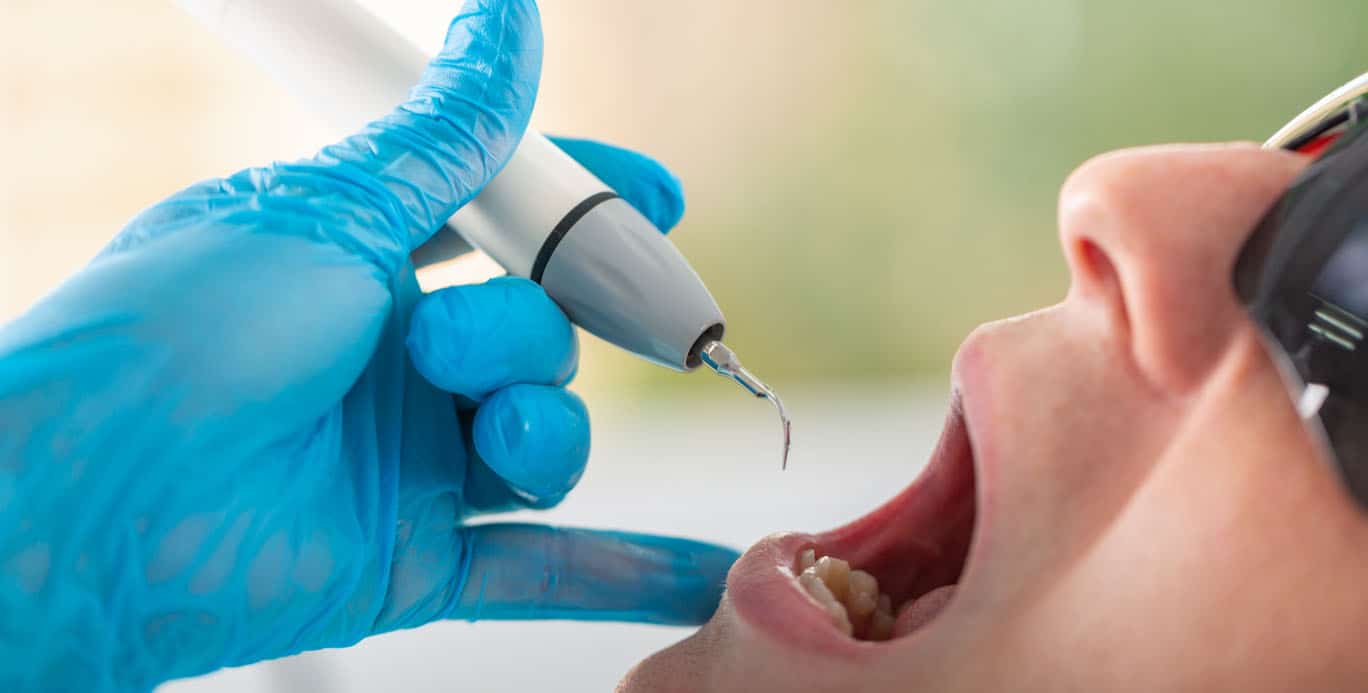What Causes Dental Plaque On Teeth
Our teeth become soft and sticky about 20 minutes after we have eaten. This film comprises food particles mixed with bacteria. Dental Plaque comprises millions of bacteria that can cause tooth decay and gum disease if they aren’t kept in check.
Dental plaque turns sugars in your food, especially sugary and starchy, into acids that eat away at your tooth enamel. Plaque is made of bacteria that live in your mouth. In the long run, plaque transforms into tartar, a harder substance to remove from the teeth. People who have a lot of tartar on their teeth end up with bad gums and more serious dental problems.
When dental plaque forms in the mouth, it can be found anywhere, but it tends to build up around and in the deep crevices of the teeth. Even though it is mostly white, dental plaque can make the teeth look yellow.
A plaque will always build up on the teeth. They use all of what we eat to grow and thrive. Bacteria like sugary and starchy foods the most, but they also get what they need from other foods.
It takes time for the bacteria’s acids to break down the tooth enamel. Some of them also make holes in the teeth, which are the first signs of tooth decay. Plaque can also build up under the gum, which can cause the bone that holds the tooth in place to break down. So if you let what you eat and drink stay on your teeth, it will cause plaque.
How is Dental plaque formed?
Dental Plaque is formed when a person eats many different foods, has different acid and moisture levels in their mouth, and has bacteria inside and outside their body. The dental plaque will likely build up if your teeth have ridges or grooves caused by dental work. Plaque is also likely to build up in hard places for a toothbrush to reach.
Until plaque has caused some damage, it isn’t easy to detect. You can still feel something sticky on your teeth after eating. It stays there for a long time. This is a sign. However, good dental care will help you avoid building dental plaque. Getting rid of plaque is important for healthy teeth. When plaque builds up on your teeth, it sets the stage for more significant dental issues. When plaque turns into tartar, it’s much more difficult to get rid of because it’s more difficult to remove. The best way to get rid of it is to remove it while it’s still soft enough to brush and floss.
Dental plaque symptoms
Most people who have plaque feel their teeth are fuzzy.
Other things to look for:
- Having bad breath all the time (halitosis).
- When you brush them, red, swollen, and tender gums bleed (gum disease).
Can Your Mouthwash Help Remove Plaques?
Brushing your teeth can help remove tartar
Plaque can build up on your teeth. How can I stop this?
Getting rid of dental plaque
Remove plaque from your teeth in these ways
- The best way to clean your teeth is to brush them twice a day with a soft-bristled toothbrush and toothpaste with fluoride. This will help eliminate the plaque on your teeth and gums and keep your teeth from getting worse.
- To ensure no food particles are stuck between your teeth, floss your teeth every day, especially before bed. This will encourage the growth of bacteria, which will increase the risk of tooth decay. There are places in your mouth where brushes can’t reach, so flossing is a must.
- Rinse your mouth with a good mouthwash after eating or drinking something that tastes bad. The swishing action will get into the crevices of your teeth and get rid of any food that is still there. It will also kill the bad bacteria on your teeth, leaving you with a clean and healthy mouth.
- Eat a well-balanced diet and cut down on the number of snacks between meals. You should choose healthy snacks like plain yogurt, cheese, fruit, or raw vegetables instead of snacks high in sugar and starch.
- Each year, have your teeth cleaned by a professional. Cleaning will remove all traces of plaque and tartar from the mouth, and it will also help keep your teeth healthy.
Final Words On Plaque On Teeth
All of us have bacteria in our mouths that make a plaque, and these bacteria cause bad breath. With good oral hygiene, you can get rid of plaque and keep your teeth healthy. Because plaque can cause cavities, tartar, and gum disease, you need to go to the dentist regularly. If you don’t get rid of plaque and tooth decay, you could get a bad gum infection or lose your teeth.

